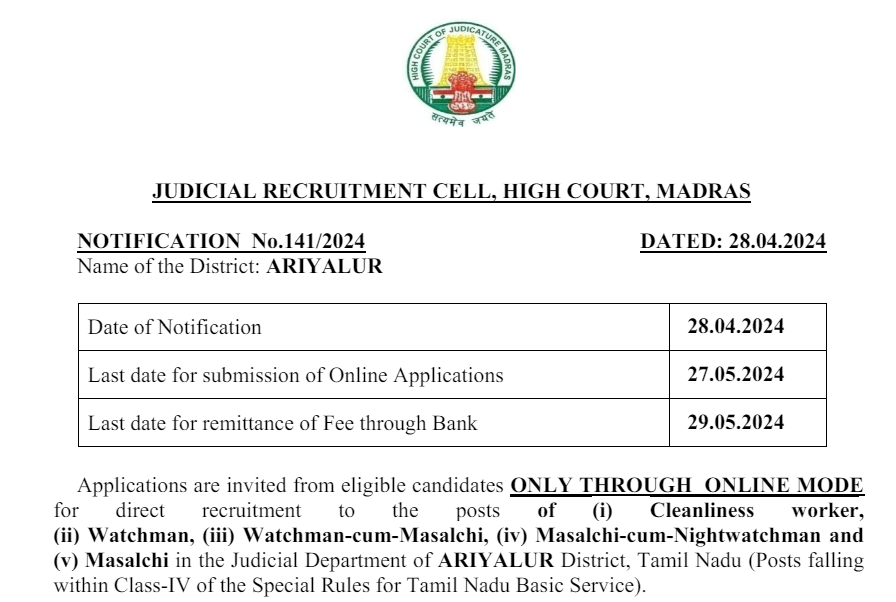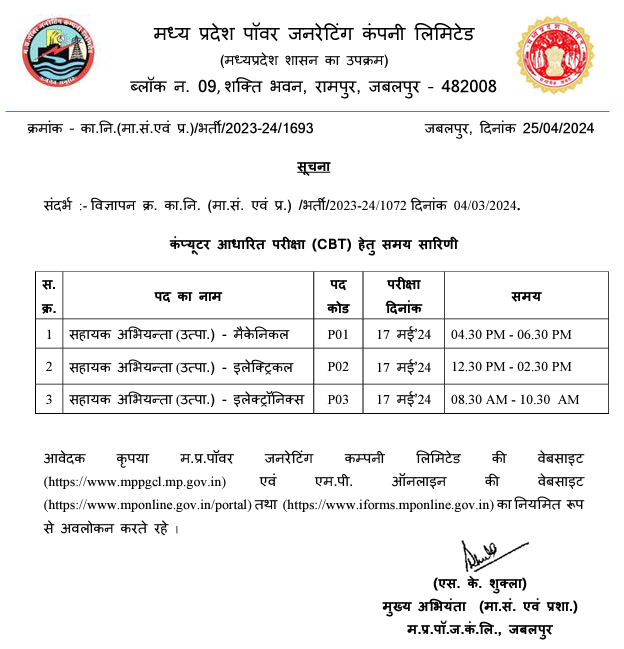Airport Engineering Part 1

Category –CE Online Test
Telegram-Join Us On Telegram
Attempt Free Airport Engineering Part 1 Here. Read The Important Engineering MCQ From Below.
Q1. As per ICAO recommendation, minimum width of safety area for instrumental runway should be
A. 78 m
B. 150 m
C. 300 m
D. 450 m
Answer : C
Q2. As per ICAO, for A, B, and C type of airports, maximum effective, transverse and longitudinal grades in percentage respectively are
A. 1.0, 1.5 and 1.5
B. 1.0, 1.5 and 2.0
C. 1.5, 1.5 and 2.0
D. 2.0, 2.0 and 2.0
Answer : A
Airport Engineering Part 1
Q3. As per ICAO recommendation, the rate of change of longitudinal gradient per 30 m length of vertical curve for A and B type of airports is limited to a maximum of
A. 0.1 %
B. 0.2%
C. 0.3 %
D. 0.4%
Answer : A
Q4. An airport has 4 gates. If the weighted average gate occupancy time is 30 minutes and gate utilisation factor is 0.5, then the capacity of the gate will be
A. 1 aircraft per hour
B. 2 aircrafts per hour
C. 4 aircrafts per hour
D. 16 aircrafts per hour
Answer : C
Q5. The capacity of parallel runway pattern depends upon
A. weather conditions and navigational aids available
B. lateral spacing between two runways and weather conditions
C. lateral spacing between two runways and navigational aids available
D. lateral spacing between two runways, weather conditions and navigational aids available.
Answer : D
Airport Engineering Part 1
Q6. The engine failure case for determining the basic runway length may require
A. only clearway
B. only stop way ,
C. either a clearway or a stopway
D. either a clearway or a stopway or both
Answer : D
Q7. The minimum width of clearway is
A. 50 m
B. 100 m
C. 150 m
D. 250 m
Answer : C
Airport Engineering Part 1
Q8. If the monthly mean of average daily temperature for the hottest month of the year is 25° C and the monthly mean of the maximum daily temperature of the same month of the year is 46° C, the airport reference temperature is
A. 32°C
B. 35.5°C
C. 48°C
D. 25°C
Answer : C
Q9. The total length of a runway is 1000 m. The elevation at distance 0,200 m, 400 m, 600 m, 800 m and 1000 m are 100.0 m, 99.2 m, 101.0 m, 101.8 m, 101.4 m and 101.0 m respectively. The effective gradient of runway will be.
A. 0.10%
B. 0.26%
C. 0.43 %
D. 0.65%
Answer : B
Q10. The length of runway under standard conditions is 2000 m. The elevation of airport site is 300 m. Its reference temperature is 33.05°C. If the runway is to be constructed with an effective gradient of 0.25 percent, the corrected runway length will be
A. 2500 m
B. 2600 m
C. 2700 m
D. 2800 m
Answer : C
Airport Engineering Part 1
Q11. As per ICAO, the minimum basic runway length for A and E type of airport will be
A. 1500 m and 600 m
B. 2100 m and 750 m
C. 1500 m and 750 m
D. 2100 m and 600 m
Answer : D
Q12. Zero fuel weight of an aircraft is:
A. equal to empty operating weight
B. equal to maximum landing weight
C. less than empty operating weight
D. equal to sum of empty operating weight and the maximum pay load.
Answer : D
Q13. The cruising speed of the aircraft is 500 kmph. If there is a head wind of 50 kmph, then the air speed and ground speed of the aircraft respectively will be
A. 450 kmph and 500 kmph
B. 500 kmph and 450 kmph
C. 450 kmph and 450 kmph
D. 500 kmph and 500 kmph
Answer : A
Airport Engineering Part 1
Q14. As per ICAO, for airports serving big aircrafts, the crosswind component should not exceed
A. 15 kmph
B. 25 kmph
C. 35 kmph
D. 45 kmph
Answer : C
Q15. Calm period is the percentage of time during which wind intensity is less than
A. 4.8 kmph
B. 6.4 kmph
C. 8.0 kmph
D. 9.6 kmph
Answer : B














